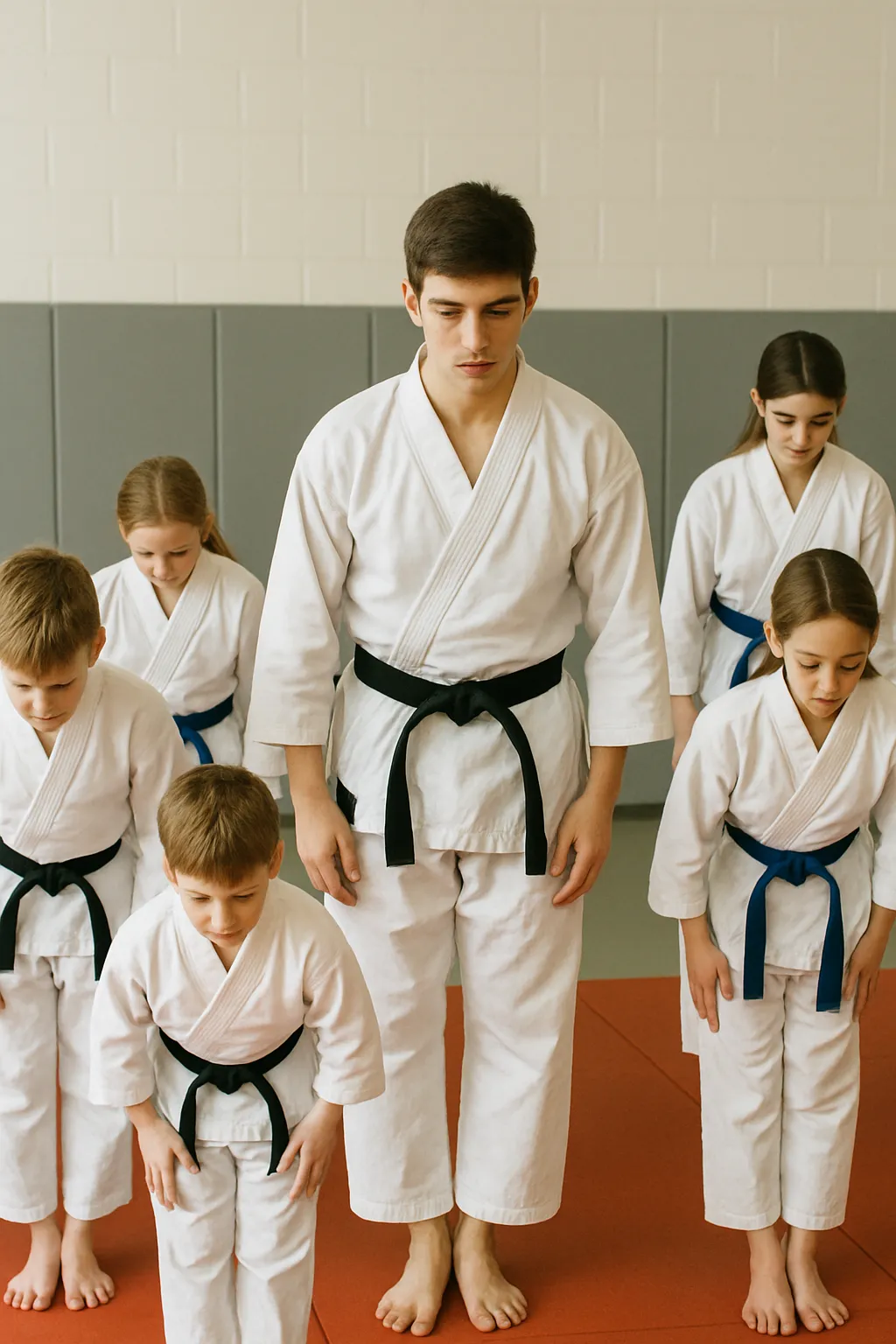
How Martial Arts Builds Leadership in Kids and Teens
"Every martial artist has a unique spirit and truth. Live yours.” - Andrea F. Harkins
In today’s fast-paced and digital-driven world, leadership skills are more important than ever—especially for kids and teens. While many think of martial arts as primarily focused on physical fitness and self-defense, it is also a powerful tool for cultivating leadership. The structure, discipline, and supportive community within martial arts training create the perfect environment for young people to develop confidence, decision-making skills, and the ability to inspire others.
From junior instructor roles to buddy drills and leadership challenges, martial arts offers practical, hands-on opportunities for students to step into leadership roles long before they reach adulthood. These skills don’t just stay on the mat—they carry into school, sports, future jobs, and life.
1. Leadership Starts with Self-Discipline
Before a student can lead others, they must first lead themselves. In martial arts, the foundation of leadership is self-discipline—showing up to class on time, wearing the correct uniform, practicing consistently, and following instructions.
Kids and teens quickly learn that discipline isn’t about strict rules—it’s about personal responsibility. The ability to stay focused and committed, even when no one is watching, is a leadership skill that sets them apart in school and beyond.
2. Confidence Through Achievement
One of the biggest barriers to leadership is self-doubt. Martial arts tackles this head-on through measurable progress like belt testing and skill evaluations. Each time a student earns a stripe, belt, or certificate, they gain proof that their hard work pays off.
This builds a quiet but powerful confidence—the kind that encourages them to speak up in class, volunteer for challenges, and step into leadership positions without fear of failure. It’s not about being the loudest voice in the room; it’s about believing in your own ability to succeed and help others succeed too.
3. Junior Instructor Roles
Many martial arts schools have programs that allow older or more advanced students to assist instructors. These junior instructor roles teach teens how to communicate effectively, manage a group, and lead by example.
They learn to:
Break down complex moves into simple steps.
Offer constructive feedback in a positive way.
Motivate younger or less experienced students.
By taking responsibility for others’ progress, they also deepen their own understanding of martial arts techniques and the importance of patience.

4. Buddy Drills and Peer Mentorship
Leadership in martial arts isn’t always formal—it often happens naturally through buddy drills and peer mentorship. Students may be paired with someone newer to help them master a skill, or they may train with someone of equal ability to push each other toward improvement.
This process teaches empathy, patience, and encouragement—three qualities every great leader needs. Kids and teens discover that leadership isn’t about showing off what you know; it’s about helping others reach their potential.
5. Leadership Challenges
Some martial arts programs include specific leadership challenges—such as leading warm-ups, organizing a group activity, or even planning a community service project. These challenges push students out of their comfort zones and teach them that leadership often involves preparation, problem-solving, and quick thinking.
These real-world experiences allow kids and teens to practice leadership in a safe, supportive space, so they’re ready to handle challenges confidently in other areas of life.
6. Teamwork and Respect
Leadership in martial arts is deeply connected to the values of respect and teamwork. Students quickly realize that being a leader isn’t about being “in charge” all the time—it’s about earning trust, listening to others, and working together toward a common goal.
In sparring, drills, and even competitions, they learn to value each team member’s contribution, regardless of skill level. This understanding helps them lead in a way that inspires loyalty rather than fear.
7. Preparing for Life Beyond the Mat
The leadership skills developed in martial arts have lifelong benefits. Whether your child or teen becomes a team captain, club president, or a future business owner, the ability to communicate, inspire, and stay focused will always set them apart.
Parents often notice that their kids become more responsible at home, more engaged in school, and more willing to help others. That’s the true power of martial arts—it shapes not just stronger athletes, but stronger leaders.
Final Thoughts
Martial arts is so much more than a sport or hobby—it’s a leadership training program in disguise. By combining discipline, confidence, mentorship, and teamwork, it gives kids and teens the tools they need to succeed in every area of life.
When children are given the opportunity to guide, teach, and inspire others, they begin to understand that leadership is not about authority—it’s about service. And in martial arts, that lesson lasts a lifetime..
